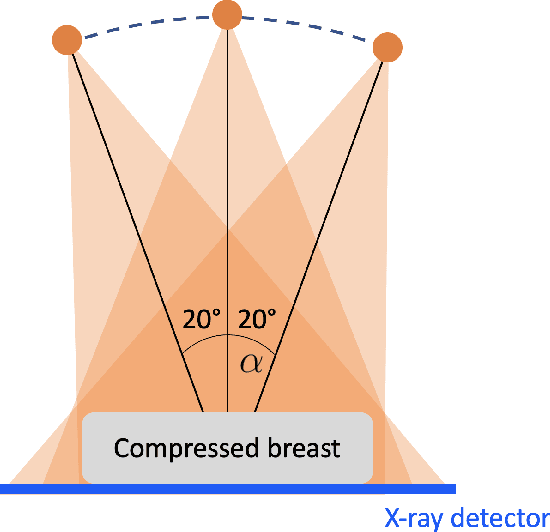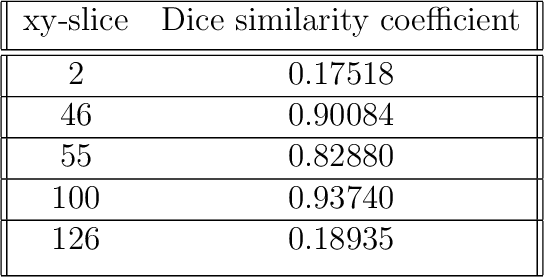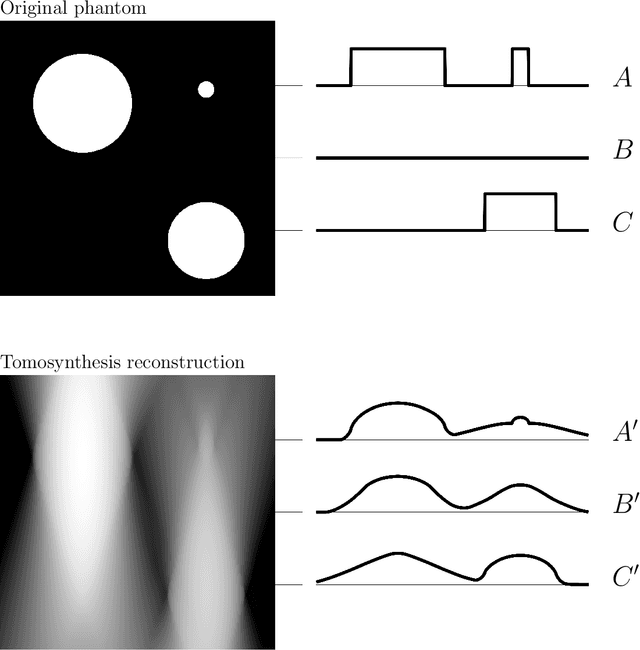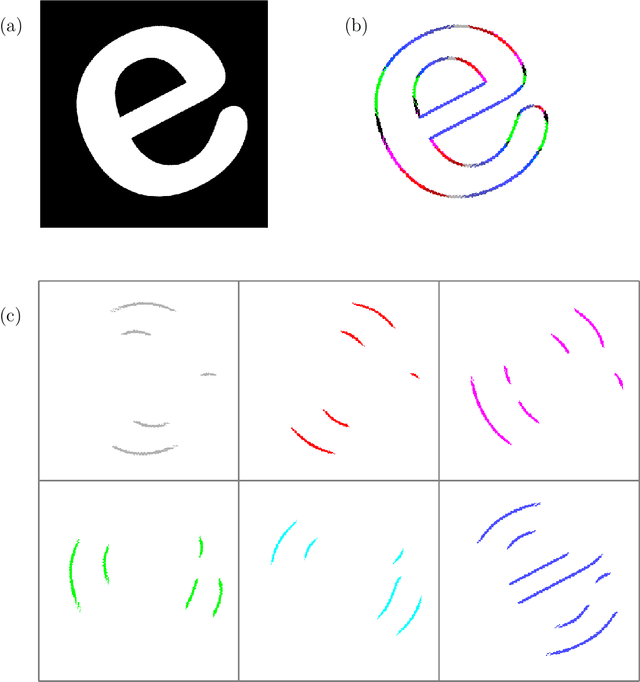Siiri Rautio
Learned enclosure method for experimental EIT data
Apr 15, 2025Abstract:Electrical impedance tomography (EIT) is a non-invasive imaging method with diverse applications, including medical imaging and non-destructive testing. The inverse problem of reconstructing internal electrical conductivity from boundary measurements is nonlinear and highly ill-posed, making it difficult to solve accurately. In recent years, there has been growing interest in combining analytical methods with machine learning to solve inverse problems. In this paper, we propose a method for estimating the convex hull of inclusions from boundary measurements by combining the enclosure method proposed by Ikehata with neural networks. We demonstrate its performance using experimental data. Compared to the classical enclosure method with least squares fitting, the learned convex hull achieves superior performance on both simulated and experimental data.
Stroke classification using Virtual Hybrid Edge Detection from in silico electrical impedance tomography data
Jan 24, 2025Abstract:Electrical impedance tomography (EIT) is a non-invasive imaging method for recovering the internal conductivity of a physical body from electric boundary measurements. EIT combined with machine learning has shown promise for the classification of strokes. However, most previous works have used raw EIT voltage data as network inputs. We build upon a recent development which suggested the use of special noise-robust Virtual Hybrid Edge Detection (VHED) functions as network inputs, although that work used only highly simplified and mathematically ideal models. In this work we strengthen the case for the use of EIT, and VHED functions especially, for stroke classification. We design models with high detail and mathematical realism to test the use of VHED functions as inputs. Virtual patients are created using a physically detailed 2D head model which includes features known to create challenges in real-world imaging scenarios. Conductivity values are drawn from statistically realistic distributions, and phantoms are afflicted with either hemorrhagic or ischemic strokes of various shapes and sizes. Simulated noisy EIT electrode data, generated using the realistic Complete Electrode Model (CEM) as opposed to the mathematically ideal continuum model, is processed to obtain VHED functions. We compare the use of VHED functions as inputs against the alternative paradigm of using raw EIT voltages. Our results show that (i) stroke classification can be performed with high accuracy using 2D EIT data from physically detailed and mathematically realistic models, and (ii) in the presence of noise, VHED functions outperform raw data as network inputs.
Learning a microlocal priorfor limited-angle tomography
Dec 31, 2021



Abstract:Digital breast tomosynthesis is an ill posed inverse problem. In this paper, we provide a try to overcome the problem of stretching artefacts of DBT with the help of learning from the microlocal priors.
 Add to Chrome
Add to Chrome Add to Firefox
Add to Firefox Add to Edge
Add to Edge